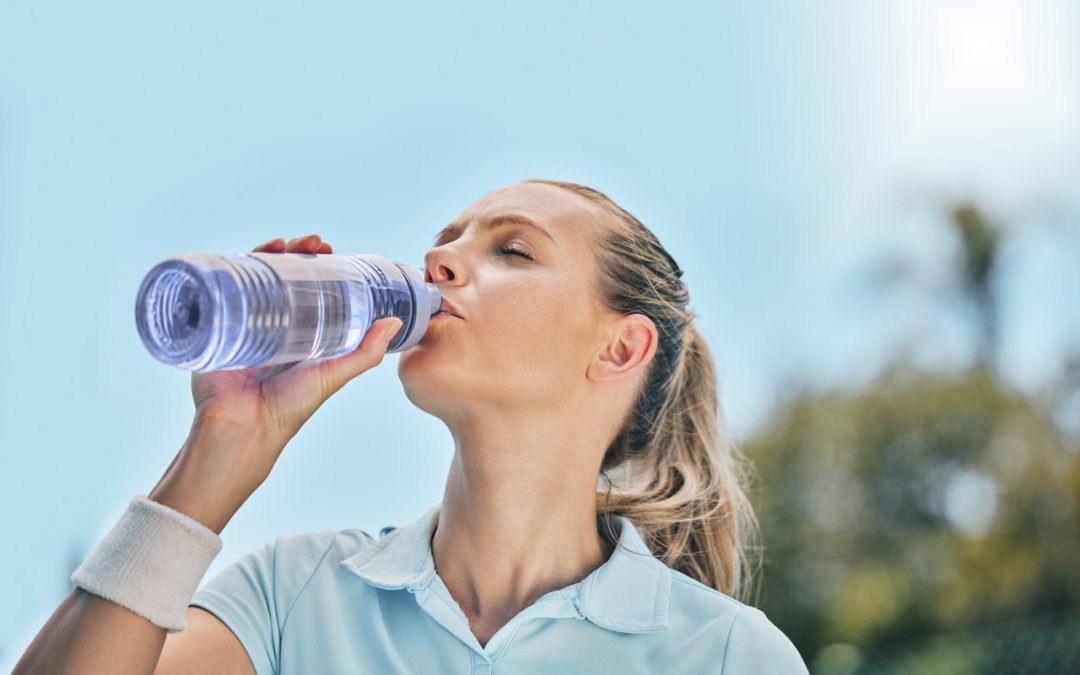As we age, maintaining physical fitness and overall health becomes increasingly important. Regular exercise not only enhances our physical abilities but also boosts mental health, improves quality of life, and increases longevity.
However, exercise needs and capacities evolve over time as our bodies change, requiring tailored approaches to ensure safety and effectiveness.
This blog explores the benefits of exercise for older adults and provides guidelines for safe and effective workouts for different age groups.
Benefits of Exercise for Older Adults
From heart health to mental well-being, exercise is a powerful tool for aging gracefully and staying fit:
- Improved Cardiovascular Health
Coronary heart disease is one of the leading causes of death for people aged 45-84 in Australia. As such, maintaining good heart health should be a priority to lower the chances of heart disease. Regular aerobic exercise like walking, cycling, and swimming can strengthen the heart and improve blood circulation, which leads to better endurance and energy levels.
- Enhanced Muscle Strength and Flexibility
Stiff joints and muscle loss are part and parcel of the natural ageing process. Strength training exercises, such as lifting weights or using resistance bands, help maintain muscle mass, improve bone density, and reduce the risk of osteoporosis. Flexibility exercises, including stretching and yoga, keep joints flexible and reduce the likelihood of injury.
- Better Balance and Coordination
Falls are a common concern for older adults, often leading to serious injuries. Balance exercises, such as tai chi and specific yoga poses, can improve stability and coordination, reducing the risk of falls.
- Mental Health Benefits
Older people can have a greater likelihood of developing mental health conditions due to factors such as declining health or isolation, which can affect their quality of life. Regular physical activity is important for stimulating the release of endorphins – the body’s natural mood lifters – and improving sleep patterns, cognitive function, and overall mental well-being.
- Weight Management
Maintaining a healthy weight can be challenging due to changes in muscle mass and metabolic rate, but it is crucial for overall health. Getting enough exercise can help control body weight by burning calories and increasing metabolism. It also reduces the risk of chronic conditions such as diabetes and hypertension.
Guidelines for Safe and Effective Workouts for Older Adults
General Tips
- Consult a Healthcare Provider: Before starting any new exercise regimen, it is essential to consult with a healthcare provider or your GP, especially for individuals with pre-existing conditions or those who have been sedentary for a long period.
- Start Slow: Begin with low-intensity exercises and gradually increase the intensity and duration. This approach helps the body adapt to new physical demands and reduces the risk of injury.
- Warm Up and Cool Down: Always start with a warm-up to prepare the muscles and joints for exercise and end with a cool-down to promote recovery and flexibility.
- Stay Hydrated: Proper hydration is essential during exercise. Drink water before, during, and after workouts to prevent dehydration.
- Listen to Your Body: Pay attention to how your body responds to exercise. If you experience pain, dizziness, or shortness of breath, stop immediately and seek medical advice.
Exercise Recommendations by Age Group
As we age, our exercise needs and capabilities change with us. Tailoring physical activities to your specific age group helps ensure safety, effectiveness, and overall well-being.
Ages 50 – 60
During these years, individuals can generally handle a variety of exercises, with a focus on building strength, flexibility, and cardiovascular endurance.
1. Cardiovascular Exercise
- Aim for at least 150 minutes of moderate-intensity aerobic activity per week.
- Activities like brisk walking, swimming, and cycling are excellent options to improve heart health and stamina.
2. Strength Training
- Perform strength training exercises at least two days a week.
- Focus on major muscle groups using weights, resistance bands, or body-weight exercises like squats and push-ups to maintain muscle mass and bone density.
3. Flexibility and Balance
- Incorporate stretching exercises and balance training into your routine.
- Practices such as yoga or tai chi can improve flexibility, prevent injury, and enhance balance.
Ages 60+
For individuals 60 and older, exercise routines should prioritise joint health, balance, and maintaining muscle mass. It is crucial to choose low-impact activities to minimise the risk of injury.
1. Cardiovascular Exercise
- Engage in at least 150 minutes of light to moderate-intensity aerobic activity each week.
- Low-impact options like walking, water aerobics, and using an elliptical machine protect joints while enhancing cardiovascular health.
2. Strength Training
- Continue with strength training twice a week, focusing on exercises that support joint health and muscle maintenance.
- Use lighter weights with more repetitions to reduce strain on joints.
3. Flexibility and Balance
- Stretching and balance exercises should be done regularly.
- Yoga, Pilates, and simple balance exercises like standing on one leg or heel-to-toe walking can help maintain flexibility and stability, reducing the risk of falls.
Keep Moving for Your Health
Embracing an active lifestyle as you age is not just about adding years to your life – it’s about adding life to your years. The benefits of regular exercise extend far beyond physical fitness, touching every aspect of your well-being from mental acuity to emotional resilience.
Don’t let age be a barrier to good health. Get in touch with Coolaroo Clinic and make a booking with us to start your fitness journey. With consistency and patience, you’ll discover that fitness is not a destination, but a lifelong adventure that gets sweeter with each passing year.

